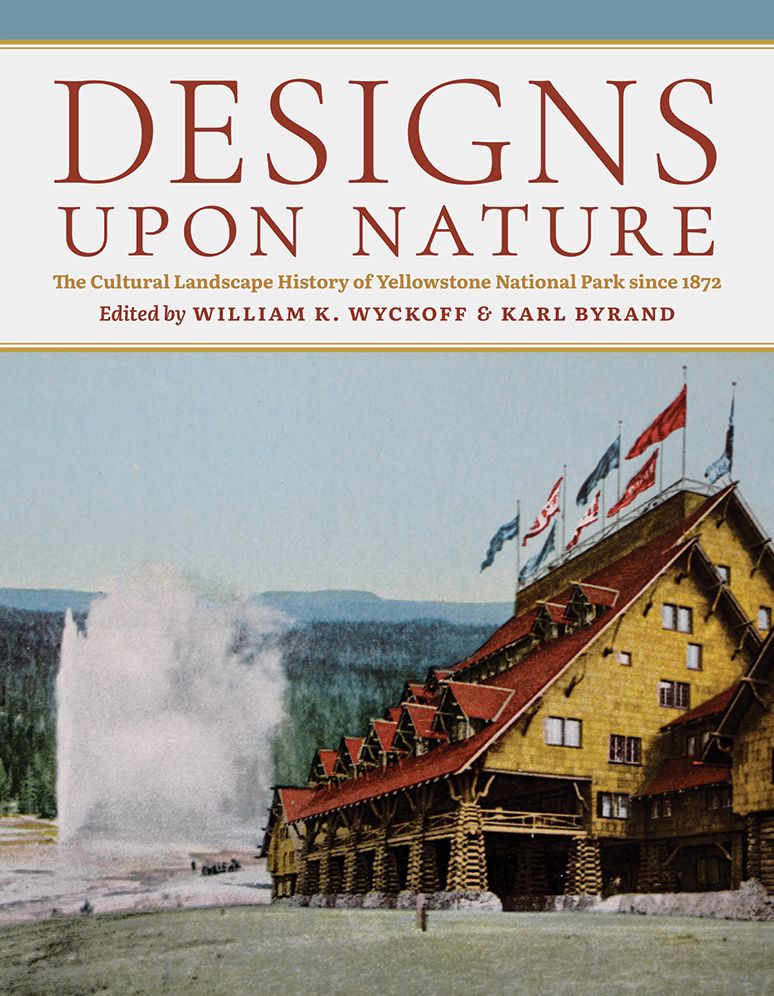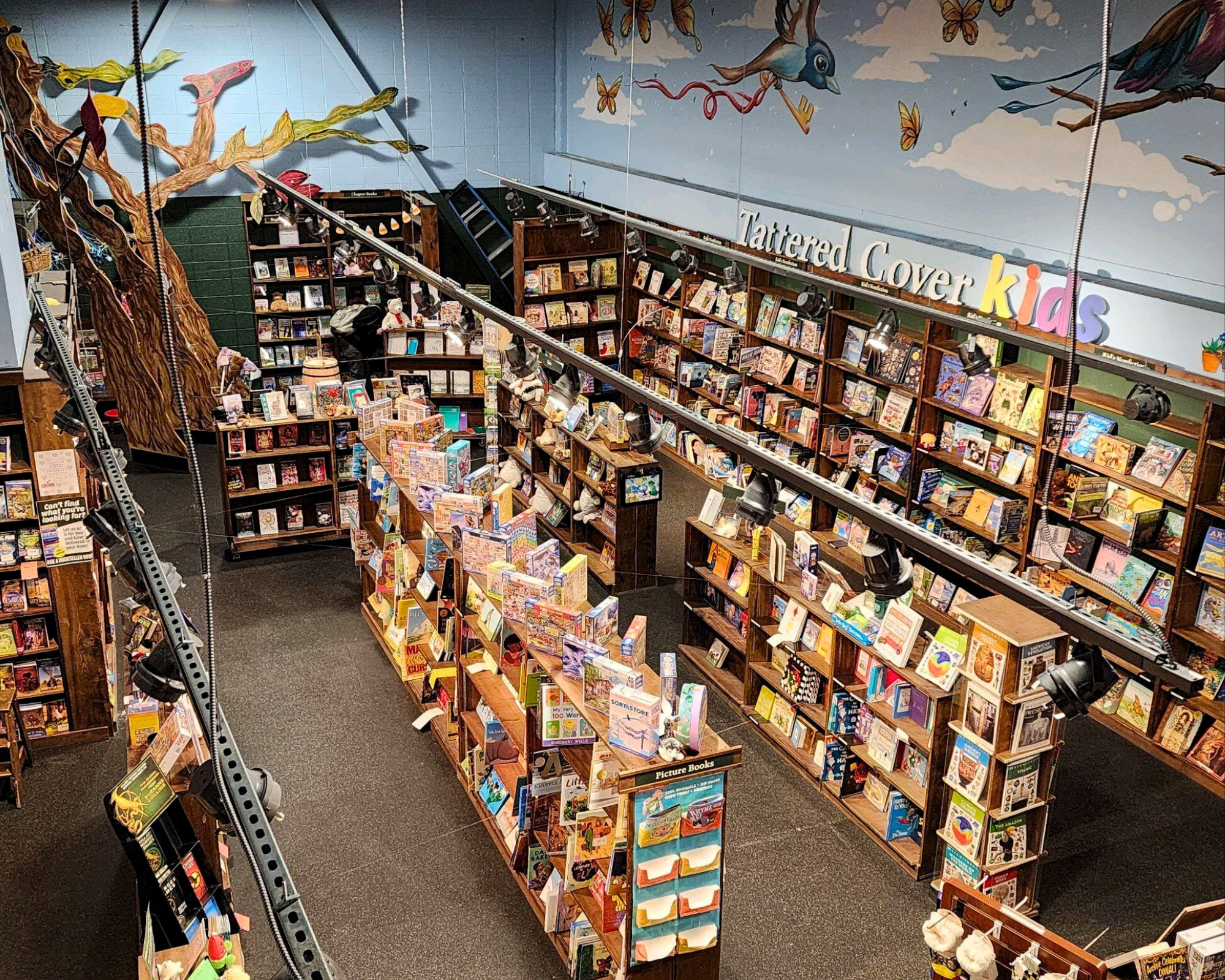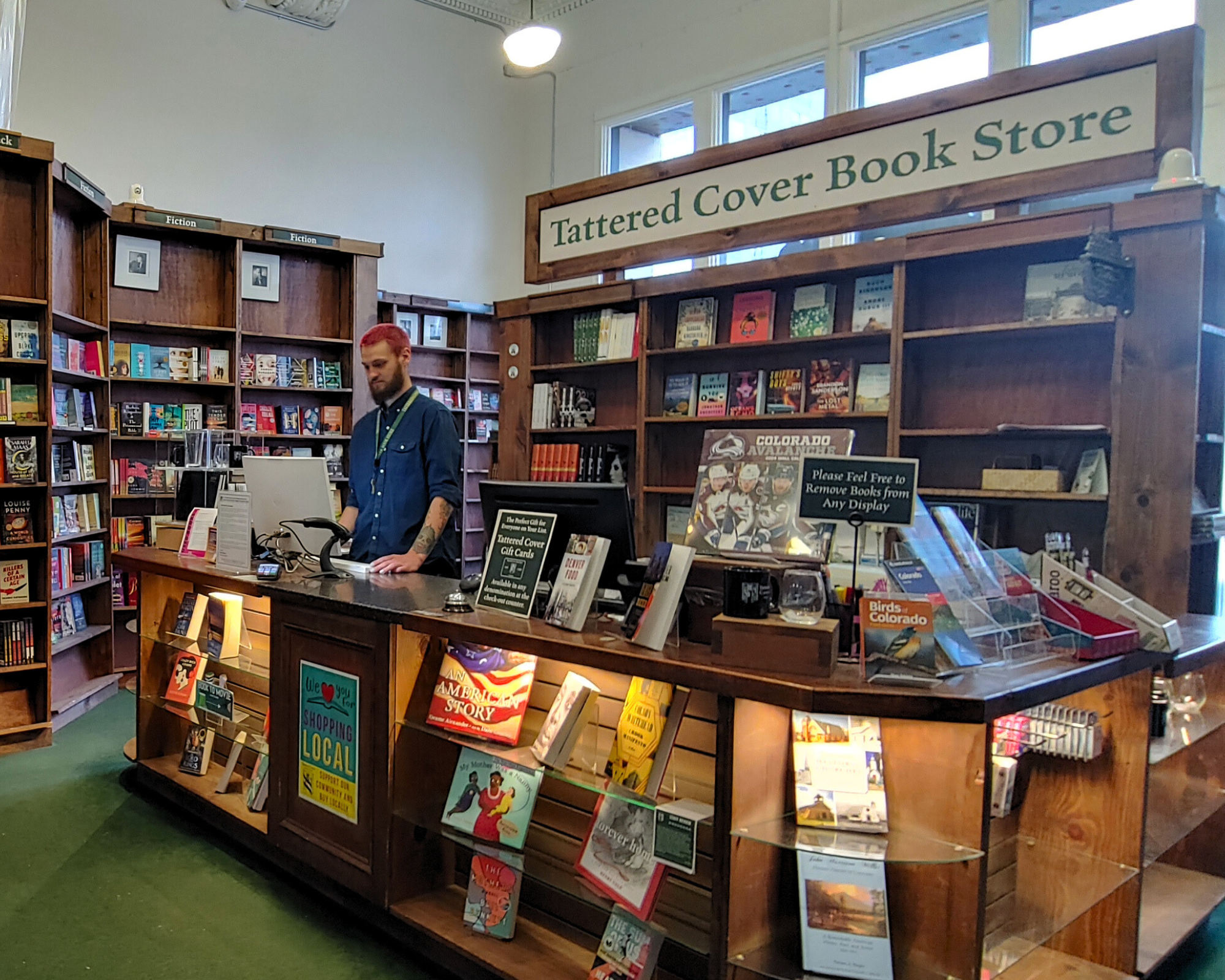
Designs upon Nature: The Cultural Landscape History of Yellowstone National Park since 1872
Format: Hardcover
ISBN: 9781646427680
Publication Date: 12/01/2025
Age Range: 18-18 years
Designs upon Nature traces how and why the cultural landscapesthe built environmentof America’s first national park have evolved since its creation in 1872. Yellowstone National Park will always be defined by its geysers, wild animals, and natural setting, yet visitor experiences in the park are also shaped by the lodges, campgrounds, museums, ranger talks, boardwalks, roads, trails, and viewpoints they encounter. These richly illustrated essays explore the evolution of these cultural features amid this unique natural landscape and explain how they have served everchanging visitor needs over the past 150 years.
Chapters in the book follow the park’s traditional “Grand Tour,” which often began for visitors at park headquarters at Mammoth Hot Springs and then moved on to Old Faithful and the Upper Geyser Basin, the glistening waters of Yellowstone Lake, the unforgettable waterfalls of the Yellowstone River’s Grand Canyon, and the western hospitality found at Roosevelt Lodge near Tower Falls. Authors consider how visitor experiences and cultural landscapes within the park have changed dramatically since 1872. Early horseback trips were replaced by an era of railroad tourism and grand hotels. The later arrival of automobiles invited a more casual visitor experience among rustic lodges and campgrounds. Travel accommodations for the twentyfirstcentury visitor continue to affect cultural landscapes through larger parking lots and further road improvements. The result is indeed a “design upon nature,” an engineered imprint upon a wild place that has forever shaped and changed its character.
Designs upon Nature is a rich and nuanced narrative that encourages us to see the park in a way we never have before. It is a significant addition to our understanding of Yellowstone and the evolution of the national park idea as seen therehow experiencing wild nature is made possible by human designs upon the land.
Chapters in the book follow the park’s traditional “Grand Tour,” which often began for visitors at park headquarters at Mammoth Hot Springs and then moved on to Old Faithful and the Upper Geyser Basin, the glistening waters of Yellowstone Lake, the unforgettable waterfalls of the Yellowstone River’s Grand Canyon, and the western hospitality found at Roosevelt Lodge near Tower Falls. Authors consider how visitor experiences and cultural landscapes within the park have changed dramatically since 1872. Early horseback trips were replaced by an era of railroad tourism and grand hotels. The later arrival of automobiles invited a more casual visitor experience among rustic lodges and campgrounds. Travel accommodations for the twentyfirstcentury visitor continue to affect cultural landscapes through larger parking lots and further road improvements. The result is indeed a “design upon nature,” an engineered imprint upon a wild place that has forever shaped and changed its character.
Designs upon Nature is a rich and nuanced narrative that encourages us to see the park in a way we never have before. It is a significant addition to our understanding of Yellowstone and the evolution of the national park idea as seen therehow experiencing wild nature is made possible by human designs upon the land.
Choose options
New Releases
Rapunzel and the Sea Witch (or, The Little Mermaid and the Tower)
Kim Bussing
Paperback
Sale price$9.99
The Overthinker's Guide to Making Decisions: How to Make Decisions without Losing Your Mind
Joseph Nguyen
Hardcover
Sale price$22.00
The Same Backward as Forward (Deluxe Limited Edition)
Jennifer Lynn Barnes
Hardcover
Sale price$20.99
















